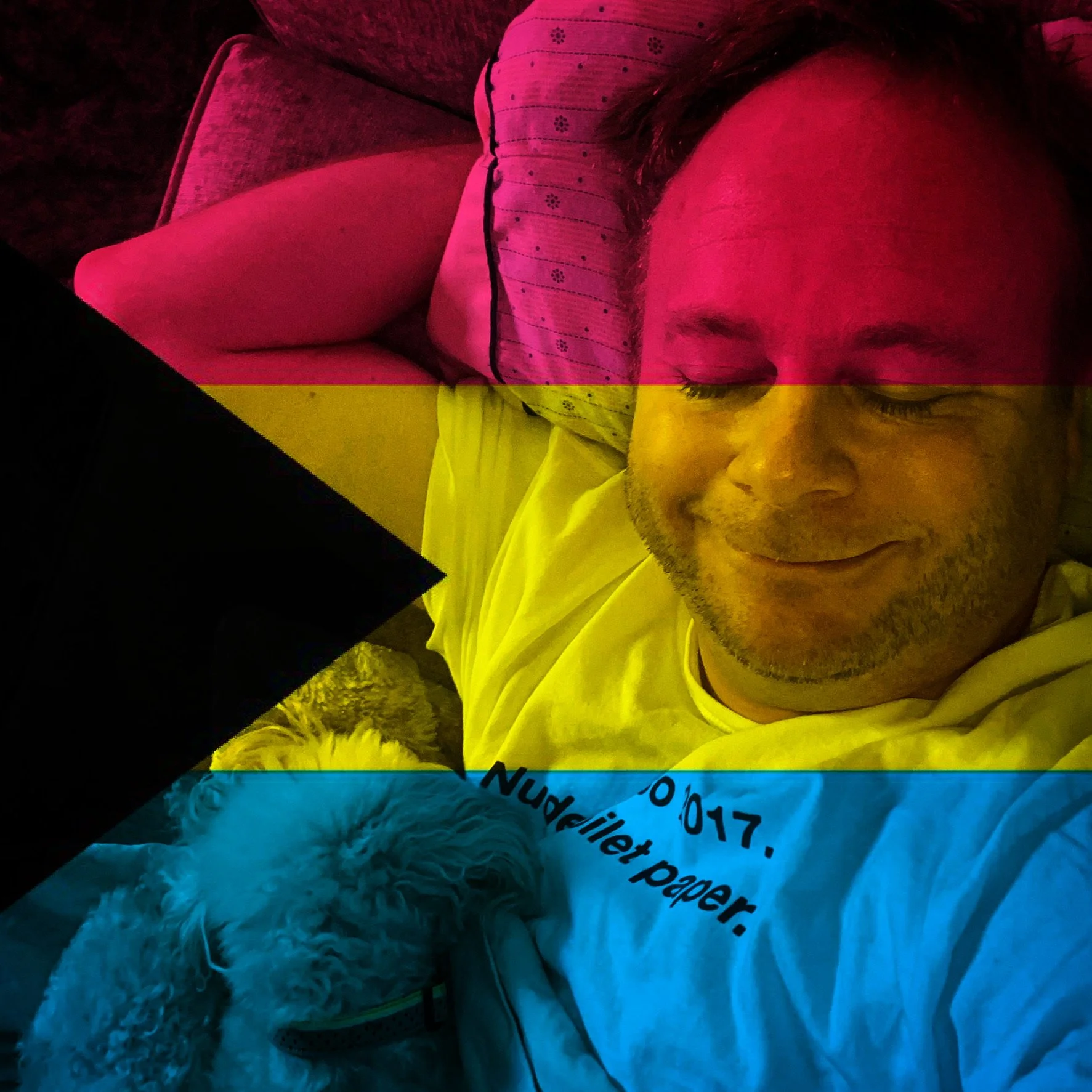Section 1 - Introduction to Terminology
1.1 Introduction to Terminology
It’s important to understand and know how to use current language and terminology when talking to and about queer and transgender people. Language that describes gender and sexual diversity is changing quickly. The context behind the language can also vary from place to place, and even between generations.
Always respect and value the language people use to describe themselves.
LGBTQ+: This term stands for Lesbian, Gay, Bisexual, Transgender, and Queer or Questioning. The plus sign recognizes that there are also other identities that aren’t named in the acronym (such as but not limited to: pansexual, asexual, gender fluid, genderqueer, etc.).
The term Queer and Transgender People are used as descriptive labels for the wide range of people whose gender identities and sexualities have led to prejudice, discrimination, and marginalization.
QUEER: The term Queer is used in multiple ways:
can describe radical, political, or philosophical commitments
can describe academic approaches, critiques, or analysis
can be used to describe people who identify with or engage in non-normative sexual and gender practices
can be used as a more inclusive term than LGBTQ+ acronym because it encompasses more identities than the LGBTQ+ acronym does.
can align with the principles of Queer Theory - an approach to cultural studies that invites people to investigate and challenge assumptions about gender, sexuality, and identity. Queer Theory rejects the assumption that there is a quote, “normal gender identity, a normal sexual orientation, or a normal way to express gender and sexuality.”
But there are many people uncomfortable with the term Queer because of its history of being used as a word to hurt members of the LGBTQ+ community… as far back as the 19th century and into the mid 20th century, the word was used as a derogatory term for those who didn’t conform to gender and sexual norms.
Sex: this term is used to discuss a person’s biological, anatomical, and genetic traits related to reproduction. A person’s sex is assigned at birth, usually by a healthcare professional who examines the baby’s genitals and uses that to decide whether a baby is male or female.
Secondary Sex Characteristics: develop as a result of estrogen and testosterone.
Estrogen: often described as a female sex hormone, one that helps with development of breast tissue, widening of the pelvis and hips, and menstruation for people who have uteruses.
Testosterone: often described as a male sex hormone, one that leads to increased facial hair and body hair, the development of an Adam’s apple, and a deeper voice.
Everyone has a combination of estrogen and testosterone - so it’s not accurate to call them either female or male hormones… it’s the combination of both that leads to variety in how people look with regards to their secondary sex characteristics.
Intersex: somebody who’s anatomy or genetic material doesn’t fall clearly into either female or male sex categories. Some are born with clear intersex indicators, and some intersex conditions become visible later in a person’s life. Sometimes people need genetic testing to learn that they are intersex as the condition doesn’t always show up physically. 1 in 1,500 babies or about 1.7 percent are born with intersex traits (which is about as common as having naturally red hair).
1.2. Introduction to Terminology - Reading
Required Reading
Saint Thomas, Sophie (2019). What does it really mean to be queer? Cosmopolitan.
Optional Readings
Mardell, Ash. The GayBCs of LGBTQ+: . free ebook.
The Allusionist podcast, episode 79: Queer.
Perlman, Merrill (2019). How the word ‘queer’ was adopted by the LGBTQ community. The Columbia Journalism Review.


